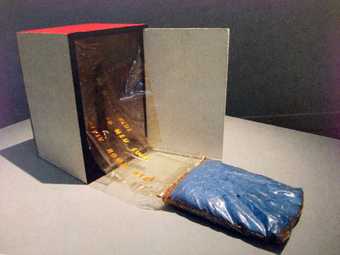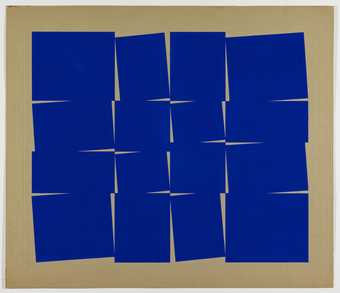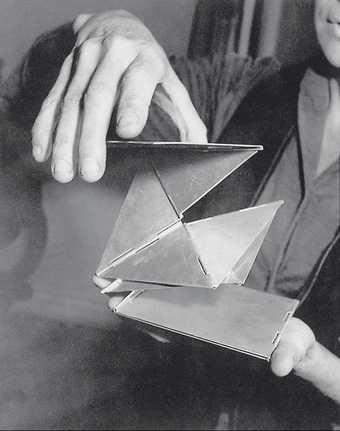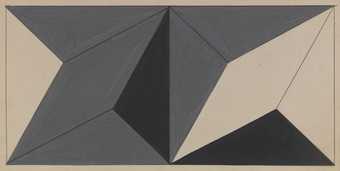Explore works from the 1960s by two artist friends who independently tested and transformed the relationship between the viewer and the artwork
Lygia Clark (1920-1988) and Hélio Oiticica (1937-1980) followed similar artistic paths. Working in Rio de Janeiro in the early 1950s, they were members of the Grupo Frente, a collective of geometric abstract artists.
They both associated with concrete poets, who investigated the meanings of words, their physical shapes and their arrangement in space. Clark and Oiticica went on to develop more experimental approaches to art, and in the late 1950s were leaders of the Neo-Concrete movement. The movement rejected the idea of the artwork as an isolated object, seeing it in a more complex relationship with the viewer and its surroundings.
In the 1960s, Clark and Oiticica invented radically new art forms which were designed to empower viewers by transforming them into participants. The works in this room are grouped around some of the different dynamics shaping their work. These include the transformable, the sensorial, the wearable, the energetic and the marginal.
Dissatisfied with the existing terminology, Clark and Oiticica used a non-art language to describe their work. Bichos (‘C°ù±ð²¹³Ù³Ü°ù±ð²õ’), Bolides (‘Fireballs’) and ±Ê²¹°ù²¹²Ô²µ´Ç±ôé²õ are words that they adapted from common Portuguese speech and urban slang. They used these terms to describe artworks that they envisaged would come closer to lived experience.
É«¿Ø´«Ã½





